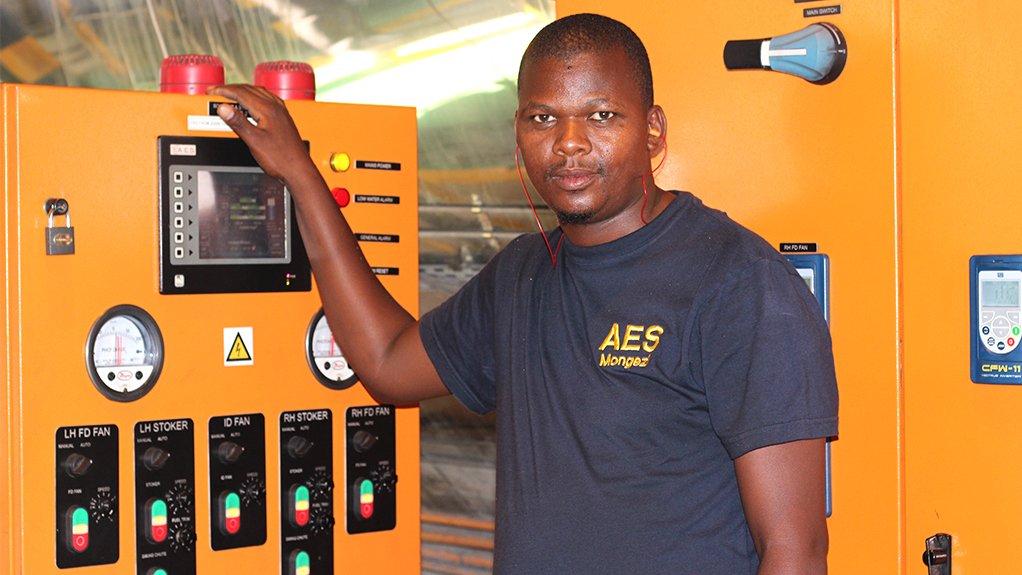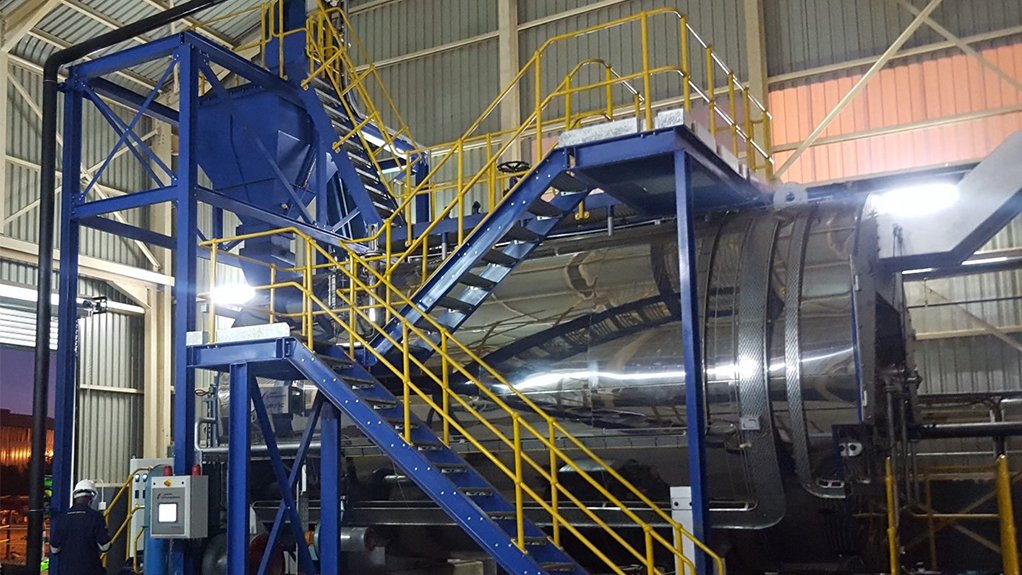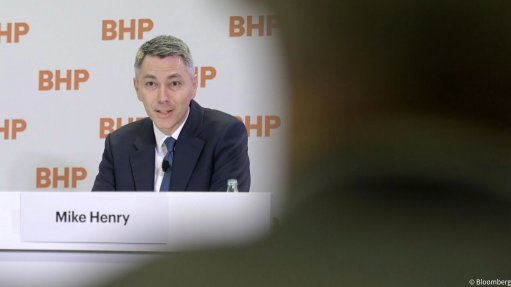Load-balancing helps optimise steam operations




BALANCING THE SYSTEM The overall result of using such a balanced system includes stable steam supply pressure, improved efficiency through reduced fuel consumption and carbon emissions, and improved emissions from the stack.
Photo by AES
CONTROLLED SYSTEM APPROACH One boiler supplying site steam pressure allows for a similar control system approach to manage the load, but multiple solid-fuel boilers operated to deliver on demand require a coordinated approach to manage the distribution of steam supply across the various boilers
Photo by AES
EFFECTIVE STEAM ALLOCATIONAn overarching control system approach allows for the effective allocation of baseload steam demand to some boilers and variable steam load to others, thereby increasing the efficiency and combustion response of every boiler
Photo by AES
An operation’s steam requirements fluctuate based on the production demands from multi- ple steam-users on the site, notes AES commercial director Dennis Williams.
“When managing the delivery of steam at a site using solid fuels, the key is to understand that the combustion of solid fuels reacts more slowly to changes in demand than boilers using liquid or gaseous fuels.”
An increase or decrease in demand from the production plant for steam affects the steam pressure in the steam header, which is the main steam pipeline fed continuously by the boilers, and delivers steam to the factory for use.
Williams adds that every boiler’s pressure is closely impacted, as it is a connected system, with the burner control systems either increasing or decreasing the fuel firing rate.
“The ability of liquid and gas-fired boilers to adjust the fuel firing rate is very rapid and thus, it is easy to modulate steam supply quite quickly, resulting in a stable steam supply pressure. The burners modulate fuel and air mixtures to maintain acceptable efficiency and emissions performance.”
He notes that in contrast, the fuel has a long combustion residence time in the furnace of most solid fuel industrial boilers.
As it is introduced into the combustion zone the fuel is heated, and moisture and volatiles are driven off, with the ignition of those volatiles, in turn, driving the ignition of the fixed carbon fuel content.
There is a given quantity of solid fuel in the combustion furnace at any time. A change in steam demand and thus, steam and boiler system pressure, requires a change in the quantity of fuel entering the combustion furnace, as well as the air introduced to maintain effective and efficient combustion.
One boiler supplying site steam pressure allows for a similar control system approach to manage the load, but multiple solid-fuel boilers operated to deliver on demand require a coordinated approach to manage the distribution of steam supply across the various boilers.
Only by having this overarching load-balancing control system approach can the steam demand be suitably managed to effectively allocate baseload steam demand to some boilers and variable steam load to others, to increase the efficiency and combustion response of every boiler.
“This enables each boiler – as a part of the overall system – to operate in an optimised manner, improving overall efficiency while ensuring that emissions are managed and optimised,” adds Williams.
The overall result of using such a balanced system includes stable steam supply pressure, improved efficiency through reduced fuel consumption and carbon emissions, and improved emissions from the stack.
Sustainability Challenge
Historically, access to natural gas in South Africa has been restricted to those in close proximity to natural gas distribution pipelines in the north-eastern parts of South Africa, primarily in Gauteng and KwaZulu-Natal.
Williams says compressed natural gas has extended that range somewhat, but regions such as the Western and Eastern Cape have not had the opportunity to leverage natural gas to reduce their carbon footprints.
AES has focused on technological interventions to drive efficiency and energy system integration approaches to simplify overall energy system configurations.
The company also considers alternative energy sources, such as biomass, biogas, pyrolysis and gasification technologies, to allow for the conversion of a variety of energy feedstocks into lower-carbon energy sources.
“The challenge has been balancing these technologies and solutions with the need for cost-effective energy. The introduction of carbon tax is aimed at creating a cost equilibrium between higher carbon but cheaper fuels, and lower carbon alternatives to force companies to switch over.”
However, the effects of this have not yet been fully realised; thus, production cost impacts of using alternative energy technology and fuel sources remain key challenges in the economically constrained South African industrial environment, adds Williams.
He concludes that the cost of energy remains paramount for most local entities, which are under a “considerable amount of economic pressure”.
Comments
Press Office
Announcements
What's On
Subscribe to improve your user experience...
Option 1 (equivalent of R125 a month):
Receive a weekly copy of Creamer Media's Engineering News & Mining Weekly magazine
(print copy for those in South Africa and e-magazine for those outside of South Africa)
Receive daily email newsletters
Access to full search results
Access archive of magazine back copies
Access to Projects in Progress
Access to ONE Research Report of your choice in PDF format
Option 2 (equivalent of R375 a month):
All benefits from Option 1
PLUS
Access to Creamer Media's Research Channel Africa for ALL Research Reports, in PDF format, on various industrial and mining sectors
including Electricity; Water; Energy Transition; Hydrogen; Roads, Rail and Ports; Coal; Gold; Platinum; Battery Metals; etc.
Already a subscriber?
Forgotten your password?
Receive weekly copy of Creamer Media's Engineering News & Mining Weekly magazine (print copy for those in South Africa and e-magazine for those outside of South Africa)
➕
Recieve daily email newsletters
➕
Access to full search results
➕
Access archive of magazine back copies
➕
Access to Projects in Progress
➕
Access to ONE Research Report of your choice in PDF format
RESEARCH CHANNEL AFRICA
R4500 (equivalent of R375 a month)
SUBSCRIBEAll benefits from Option 1
➕
Access to Creamer Media's Research Channel Africa for ALL Research Reports on various industrial and mining sectors, in PDF format, including on:
Electricity
➕
Water
➕
Energy Transition
➕
Hydrogen
➕
Roads, Rail and Ports
➕
Coal
➕
Gold
➕
Platinum
➕
Battery Metals
➕
etc.
Receive all benefits from Option 1 or Option 2 delivered to numerous people at your company
➕
Multiple User names and Passwords for simultaneous log-ins
➕
Intranet integration access to all in your organisation





















